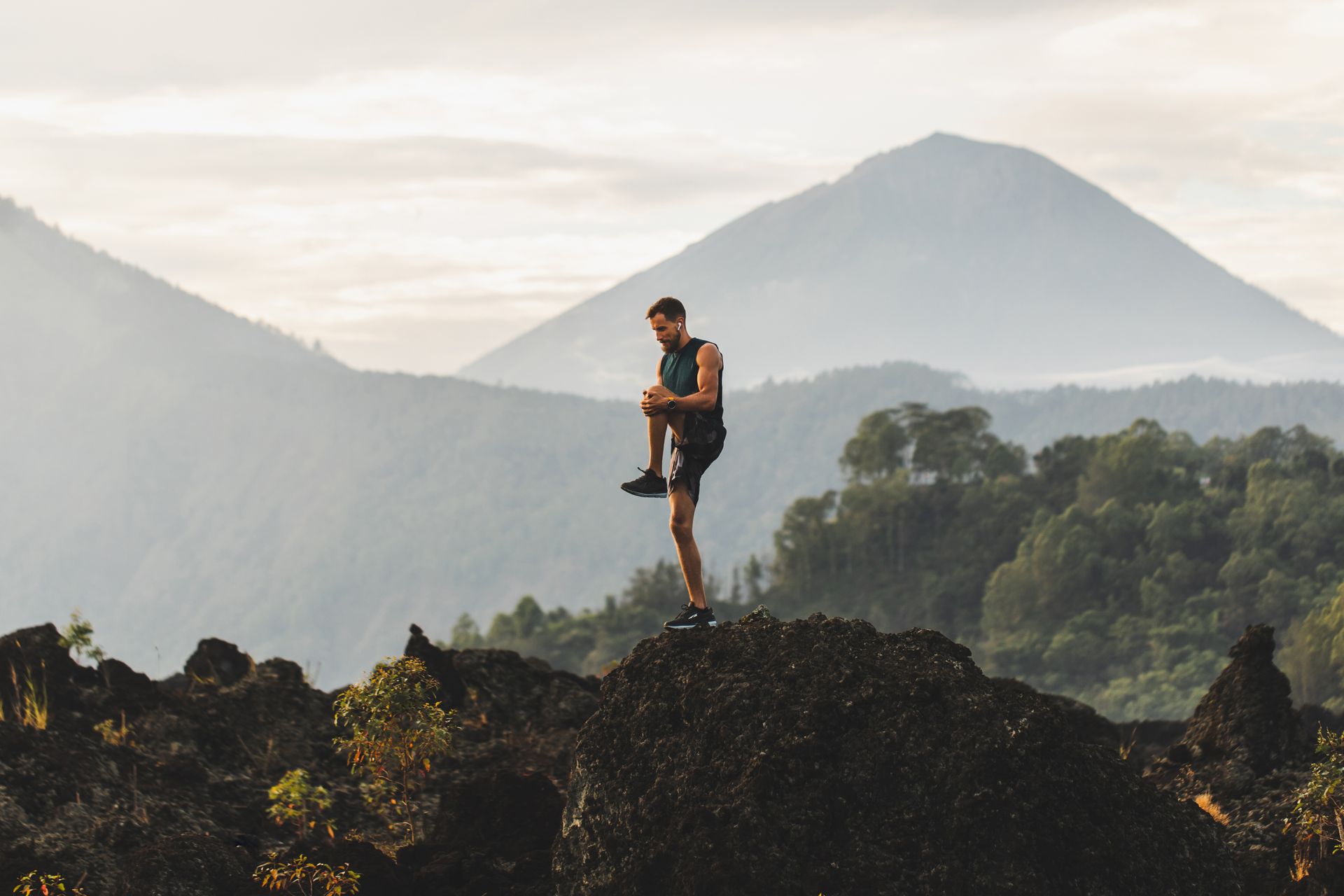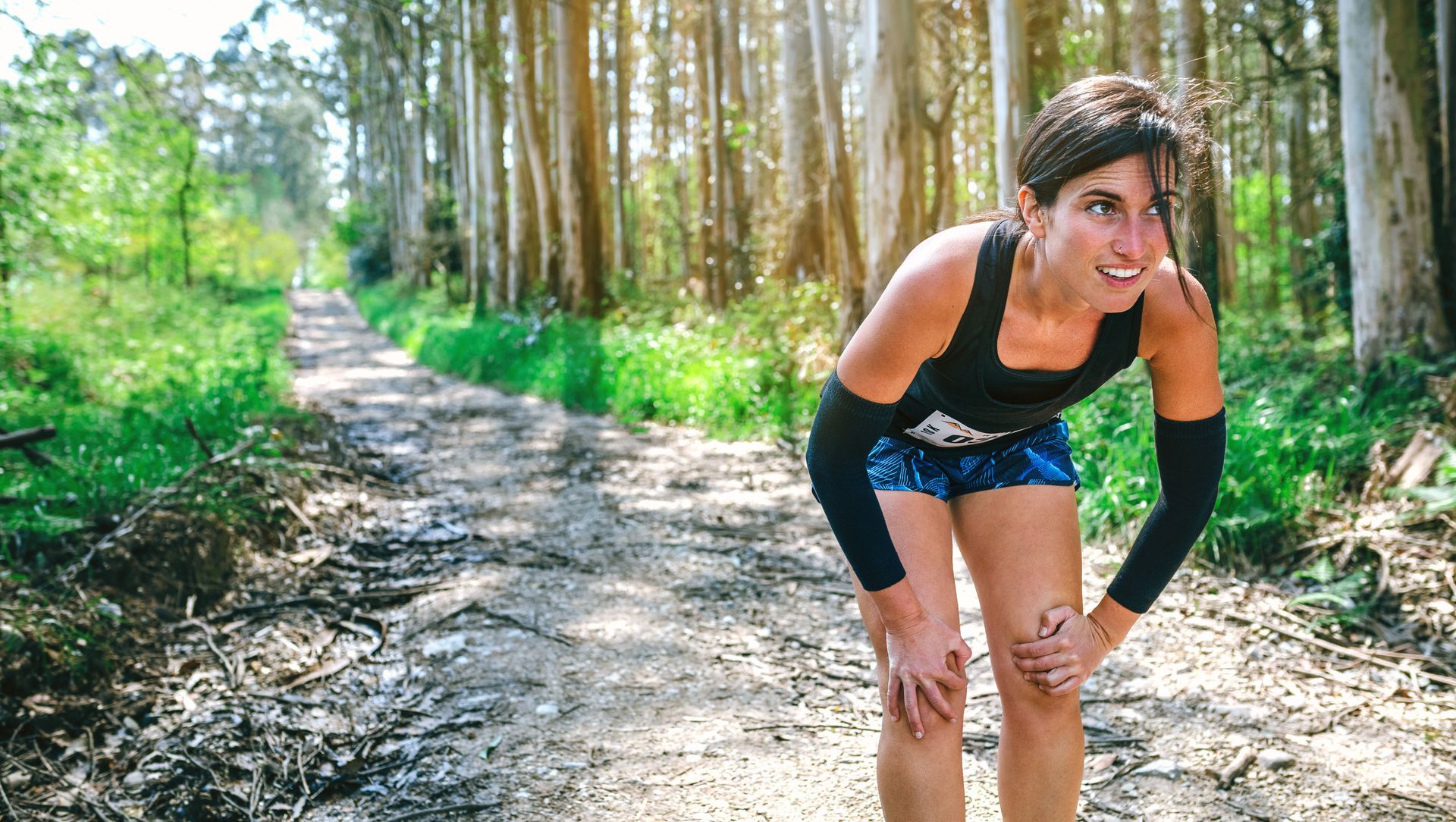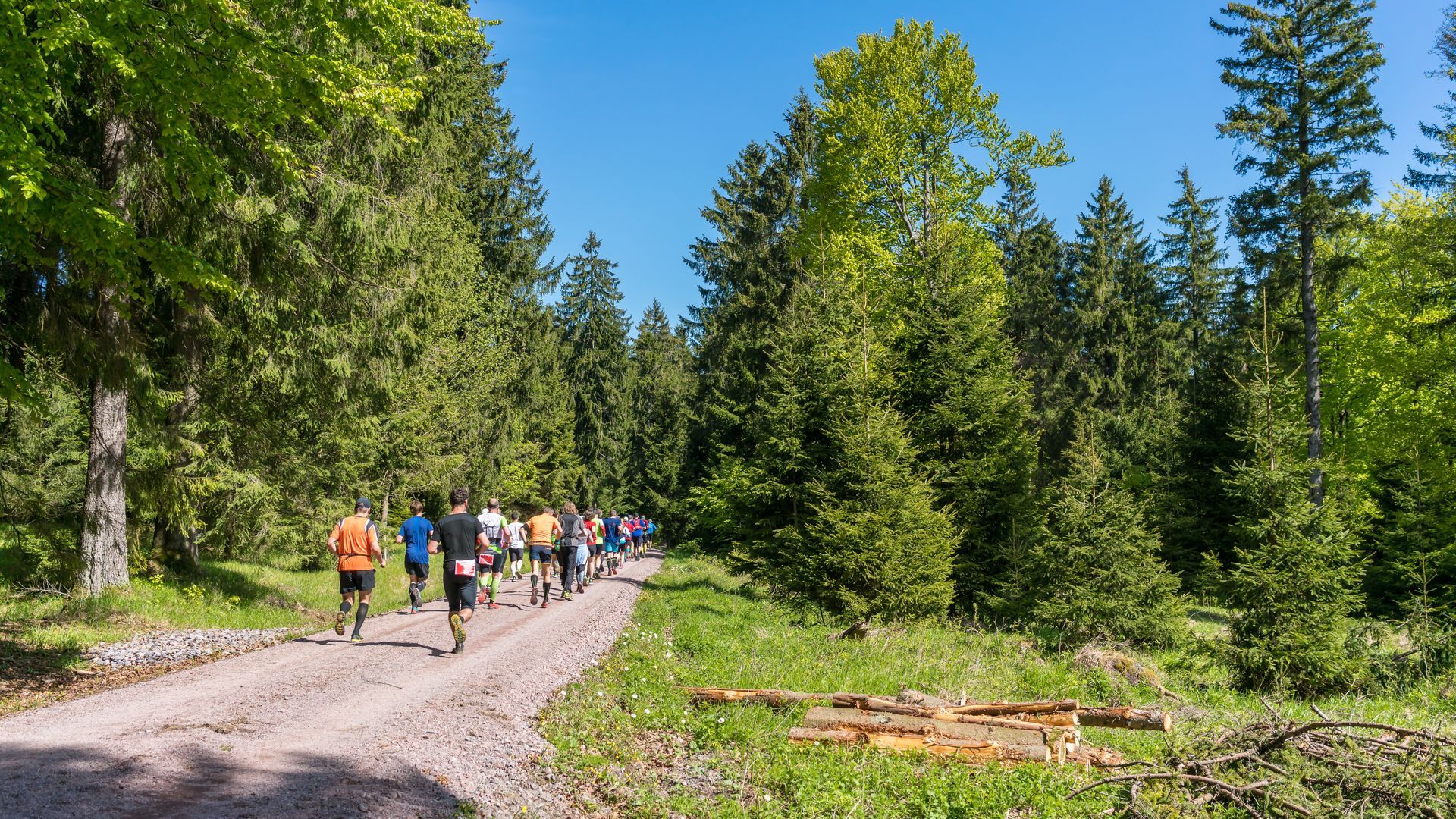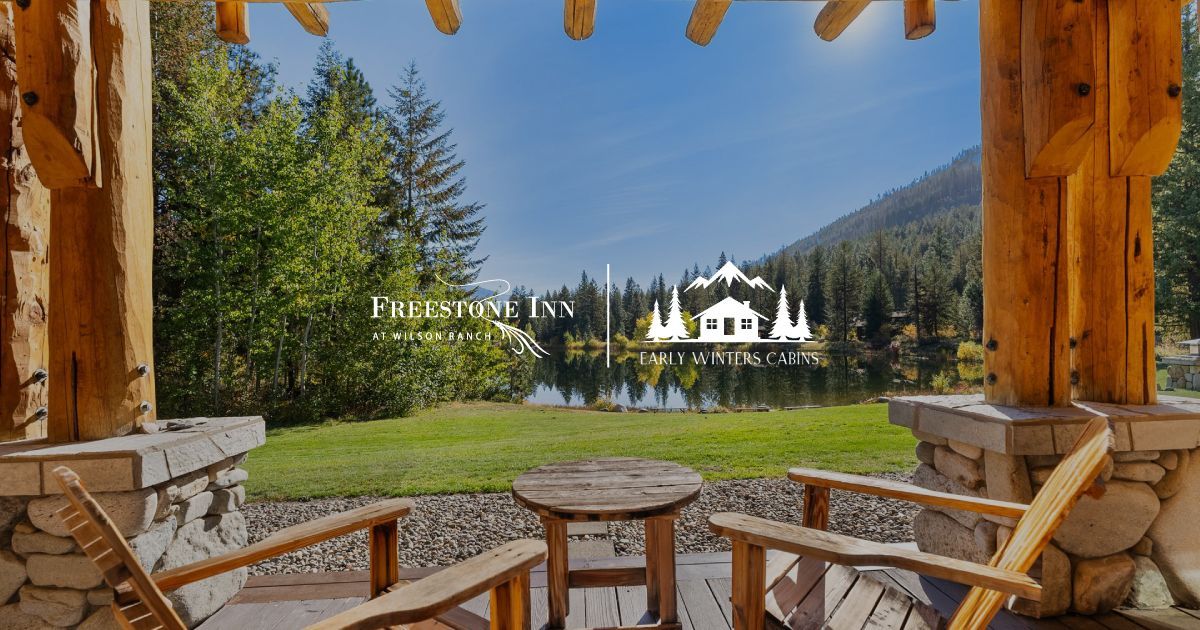
Elevate Your Training: Trail Running in the Cascades
Who is this article for? Runners looking to elevate their training, literally
Jump to a Section:
Your blood is rushing in your ears, drowning out the sound of gravel crunching under your feet. Your legs are pumping as fast as your heart, pounding out a rhythm on the trail. The mountain air is thin but crisp, and the scenery could steal away your ragged breaths. There’s nothing like a long run to make you feel alive, and there’s no better place to train than on mountain running trails in the Cascade Mountains.

Benefits of Trail Running
We’ve been hearing runners tout the merits of running since Pheidippides ran the first Marathon over a thousand years ago. Let’s overlook the fact that guy died (I’m sure his technique was terrible in 490 BCE), and focus on what modern science has to say about the sport. Because runners are right, the science is clear: running is good for you. Here are some of the benefits.
Physical Health Benefits
The uneven terrain of trails increases the benefits of running by adding new dynamics to the exercise.
- Increases core strength
- Increases balance
- Lowers the risk of injury
- Increases leg strength
- Strengthens joints
- Burns more calories
Mental Health Benefits
Running isn’t just good for your body, it’s also good for your brain. Here are some of the mental health benefits of trail running.
- Improves working memory and focus
- Elevates mood
- Reduces stress
- Improves sleep
- Increases brain performance (by helping generate new brain cells)
- Gets you out in nature (which is known to improve mental health)

Why Train at High Altitude
Now that we’ve convinced you to try trail running, let’s take it to another level– literally. The theory behind training at high altitudes is fairly simple: it’s all about oxygen.
Oxygen affects the energy that muscles have to perform physical activities. At higher altitudes, atmospheric pressure is lower, which makes it harder to transfer oxygen into the blood and therefore the muscles. In order to combat this difficulty, the body makes more red blood cells to better transport the available oxygen.
The real benefit comes when the athlete returns to lower altitudes again. The increase of red blood cells, combined with the higher atmospheric pressure, gives the body an edge. The body is better able to transport higher levels of oxygen to the muscles, which increases its performance.
This is why training on
Cascade mountain trails is the best way to elevate your running performance.

Tips for long-distance running
Like any sport, running requires some serious technique and training. Whether you are running for your health, competition, or just for fun, here are some tips to help you go the extra mile.
Scout your trails in advance
It’s important to know where you are going, both for training purposes and for your safety. Knowing where you are going will prevent you from getting lost and help you plan for potential hindrances, like floods and rockslides.
As for training, familiarity with the route will help you better track your running times and distances for training.
Invest in good shoes
As good as running is for you, it can be hard on your body if you aren’t careful. The most important thing is to take care of your feet.
Make sure your shoes fit well and support your feet. This will protect your feet and ankles from injury and improve your running form. Your shoes should also be well ventilated and moisture-wicking. This will help keep your feet cool and dry, which will increase your comfort and decrease the likelihood of getting athlete's foot.
Start slow to build endurance
Many runners, especially new runners, make the mistake of trying too much, too fast. Not only does this increase your chances of injury, but it can also hurt your motivation when you burn out early into your run. Start slow and work yourself up to longer, faster runs.
A good rule of thumb is to start with shorter runs (like 1 mile) and increase your mileage by about 10% each time you run. Pace yourself! Maintain a comfortable jog for the first few runs, then gradually increase your speed once you are used to the longer distances.
Listen to Your Body
There’s a fine line between pushing yourself to succeed and ignoring your body’s signals of danger or injury. It’s important that you learn how to distinguish between them. Long-distance running is strenuous and puts pressure on your body, so it’s important to slow down or even take a day off as needed.

Running Events in Methow Valley
Running alone is a great way to reconnect with your body in nature, but running with others can do a lot for your motivation and confidence. The Methow Trail System hosts several trail running events that offer great opportunities to train, run, and ski with other trail enthusiasts.
The Methow Trail System consists of over 120 miles of well-maintained mountain trails near Winthrop, Washington. Some of the annual running events they host include the Sunflower Run in April and the Cutthroat Classic race in September.

Train at Freestone Inn and Cabins
If you are looking for a place to train in the Cascade Mountains, come to Freestone Inn and Cabins.
Located in Mazama, WA, our inn is surrounded by the Methow Trail System, meaning you are never far from a great place to run. Whether you are looking for a
private mountain cabin for focused training or a
spacious suite for a relaxing escape, Freestone Inn has it all!
Lace your shoes and run, don’t walk, to the trails at Freestone Inn.
Book Now!

